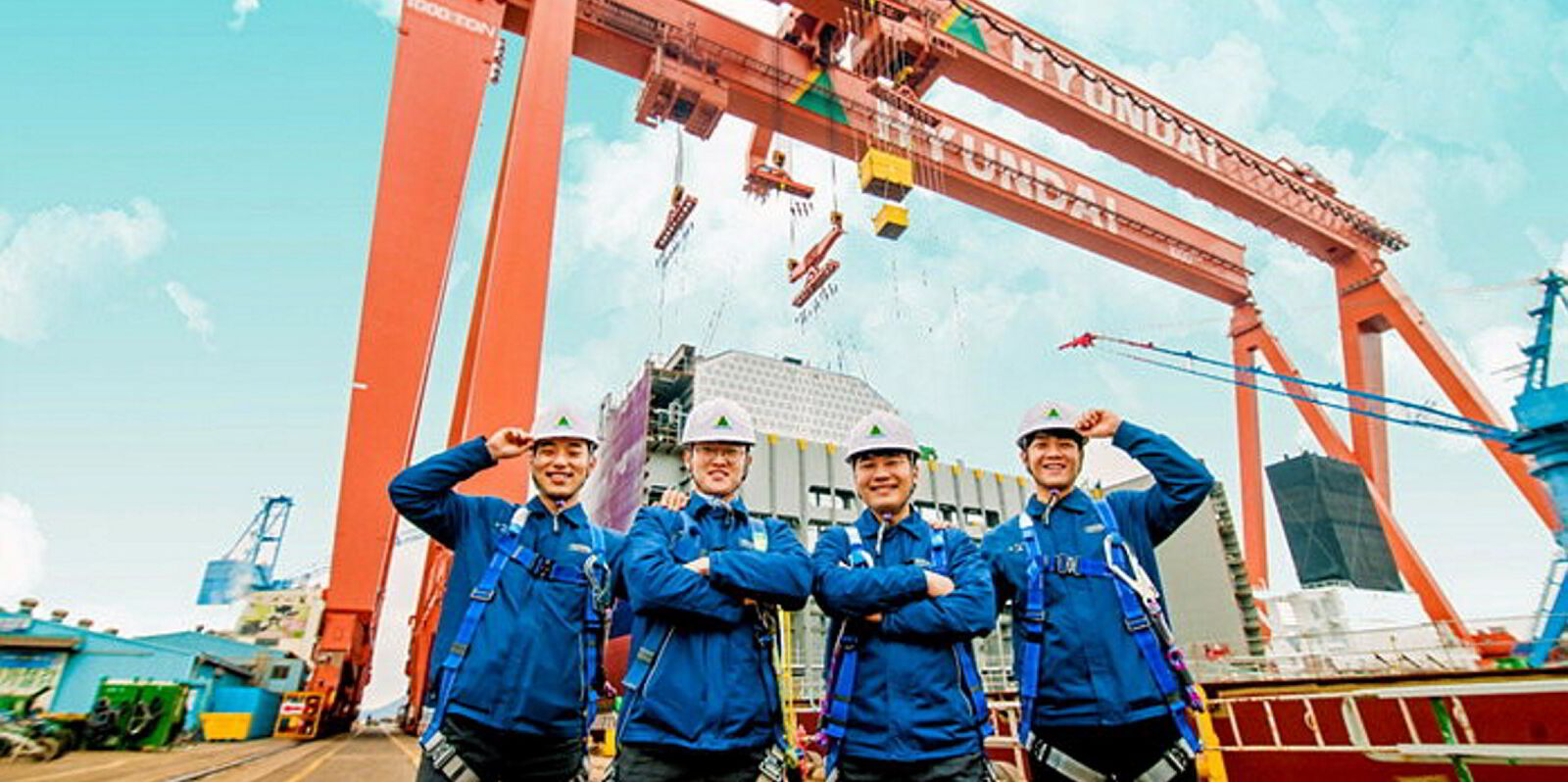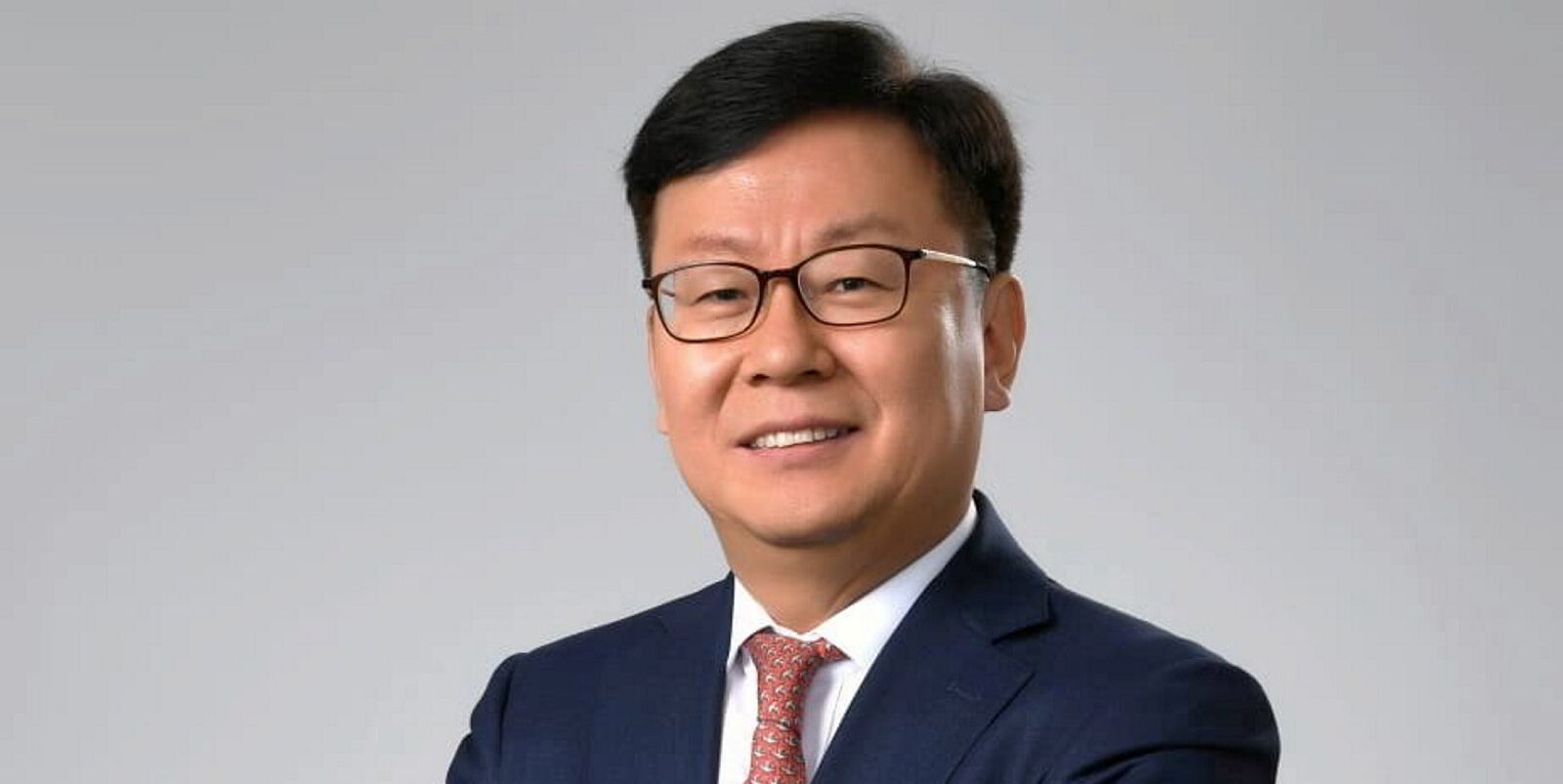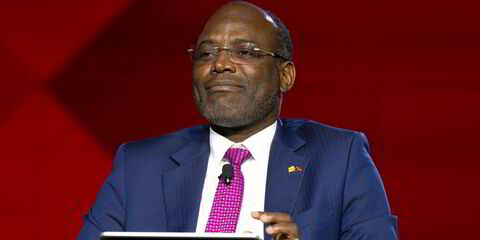South Korea’s largest shipbuilding group — HD Korea Shipbuilding & Offshore Engineering — continues to outshine its rivals in securing newbuilding contracts, with orders for a total of 160 ships worth $17.78bn at the end of September.
Competitor Samsung Heavy Industries signed orders for 24 vessels, totalling about $5.4bn, and Hanwha Ocean has bagged $6.1bn worth of newbuildings for a total of 31 ships.
HD KSOE has already hit its annual target of $13.5bn but its order volume is 16% below last year’s $21.2bn in newbuilding contracts.
SY Park, president and chief operation officer of HD Hyundai Heavy Industries, said the company has set a lower target for this year, following a strong 2023 in which over 1,700 newbuildings valued at $115bn were ordered globally.
He said: “We were expecting the demand for newbuildings in 2024 to be similar to last year’s, but we had to reduce our order target due to limited shipbuilding slots.
“Internally, we are studying how we can extend our shipyards’ slot availability for our customers.”
Staff shortage
Unlike Chinese shipbuilders, HD Hyundai’s three shipyards — HD Heavy, HD Hyundai Mipo and HD Hyundai Samho — are unable to expand their capacity by building new dry docks due to limited land space, and more importantly, an acute shortage of shipyard workers in the country.
Park said: “We don’t have the supply of skilled yard workers … and if we are to expand our shipbuilding capacity, it will not help our industry.
“More importantly, the population in South Korea is not increasing.”
The shortage of shipyard workers in South Korea is so severe that Hyundai is not considering reactivating its fourth shipyard, Hyundai Gunsan.
Gunsan Shipyard stretches over 4 km along the coast of Mipo Bay in Ulsan and was constructed at the height of the shipbuilding boom in 2007. It can build a range of ships up to VLCC size.
However, it was shut down in 2017 as part of a 30% shipbuilding capacity reduction implemented by the Hyundai Group during the global shipbuilding slump of 2016.
Last year, Gunsan was “reactivated” to cope with the strong demand for newbuildings. The yard is leased to subcontractors for fabricating ship blocks.
Several shipbuilding experts anticipate that Hyundai Group will resume full ship construction, rather than just building blocks, as the other three shipyards have orders extending into late 2028. Additionally, there is strong buyer demand for early delivery ships.
South Korean yards, traditionally staffed by domestic workers, have been plagued by labour shortages over the past few years.
To fill the void, the government has allowed yards to hire foreign workers and about 16,000, comprising about 16% of the total shipbuilding workforce, are said to have been employed.
The hiring of migrant workers is not without problems. There have been reports that communication issues and cultural differences led to workplace disputes between domestic and foreign employees.
Another critical reason that HD Hyundai refuses to reactivate Gunsan is that it does not want to lay off yard workers again if the shipbuilding market weakens.
Efficiency drive
Park said the group is looking at other ways of ramping up its yards’ productivity to meet demand.
An example is the extension of berthing facilities at HD Samho. The Mokpo-based shipyard has invested $112m to expand its mooring quay and upgrade production workshops and infrastructure, enabling it to increase the annual construction of ultra-large ships.
The berth expansion serves to alleviate process bottlenecks and reduce costs associated with leasing nearby ports, enhancing competitiveness.
Hyundai Group is also modernising its yards by embracing digital transformation and automated production systems to improve production and enhance innovation.
HD KSOE is sitting on an orderbook of close to 450 ships totalling some 20m cgt.
The order backlog includes newbuildings booked at HD Hyundai Vietnam Shipbuilding — a joint venture yard between HD Mipo and Vietnam’s state-run Shipbuilding Industry Corp.
Originally a ship repair yard, HD Vietnam was converted into a shipbuilding facility in 2011 and now specialises in constructing MR and LR2 tankers.
Park said HD Vietnam has evolved into a leading shipyard known for delivering high-quality vessels, making it a preferred choice among Japanese and European owners for MR tankers.
“The Vietnamese workers are skilful and hardworking,” he said.

HD Vietnam used to have a few hundred South Koreans managing and supervising the shipyard operation, but now it is about 70.
“The quality of the ships built by HD Vietnam has improved so much that it requires less supervision [from South Korean managers],” Park said.
While the quality of vessels constructed by HD Vietnam is approaching that of HD Mipo, a 5% price difference remains due to lower shipbuilding and labour costs at HD Vietnam.



